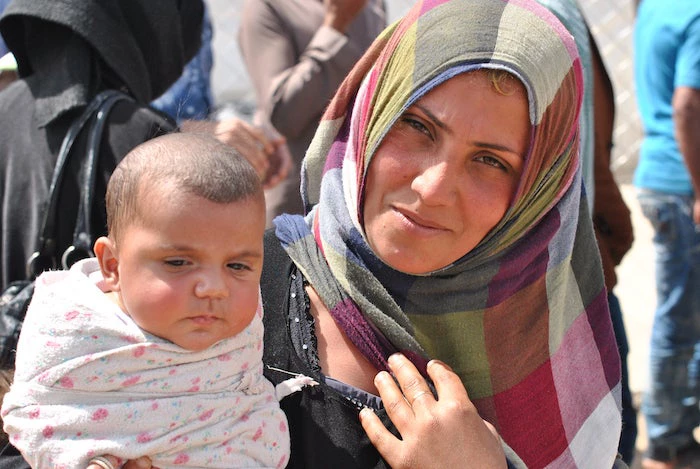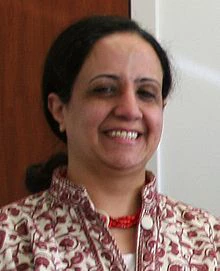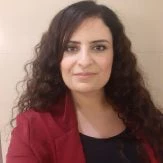 Le rôle économique d'une femme au Moyen-Orient et en Afrique du Nord s'est transformé pendant les guerres
Le rôle économique d'une femme au Moyen-Orient et en Afrique du Nord s'est transformé pendant les guerres
For over a decade, armed conflicts in Iraq, Libya, Syria, and Yemen have caused tragic levels of death, destruction, and disorder in the Middle East and North Africa (MENA). Other countries in the region are experiencing the spillover effects of conflict or struggling to maintain stability after the Arab Spring uprisings. In all conflict, the adverse effects fall disproportionately on women and girls. Conflict increases the prevalence of gender-based and sexual violence and it restricts the mobility of women and girls to access essential services and jobs. In times of food shortage, women and girls are the last to eat. When families lose their main breadwinner (typically a male), female members are often left in extreme poverty and destitution. When land and other property are lost in conflict, women struggle the most to regain them.
The picture in MENA is no different. Women and girls have suffered disproportionately from food shortages and lack of access to schools and health facilities. In Yemen alone, more than 4.5 million children and pregnant or lactating women are acutely malnourished, and maternal mortality rates have increased. Women and children comprise the majority of internally displaced persons (IDPs) and the conflicts have resulted in an unprecedented number of widows and female-headed households.
Like other conflict-affected regions, women’s economic role in MENA has transformed during the wars. Many have been pushed into work in the informal sector and become the sole providers for their families. Poverty has skyrocketed in all conflict countries, leading to a rise in early marriage: two-thirds of Yemeni girls are married before the age of 18 now compared to 50% before the war.
Alarmingly, violence against women, ranging from domestic violence to the exploitation of girls and women as child brides and sex slaves, has increased in the region. The widespread distribution of weapons has intensified militarized masculinities that target women’s mobility, voice, and agency. In the absence of a strong state, radical groups with anti-women’s empowerment stances have gained ground.
The future: Opportunities for women in the transition
In MENA, gender inequality concerns have traditionally taken a back seat to the “larger” or “more urgent” issues of civil wars, foreign interventions, unemployment, corruption, and authoritarianism. Yet, as history has shown, the exclusion of entire segments of the population is a major barrier to social cohesion, democratic institutions, and sustainable development.
During the Spring Meetings last month, the World Bank’s MENA region provided a glimpse into groundbreaking research in “Building for Peace: Reconstruction for Security, Sustainable Peace, and Equity in MENA.” This report, to be released later this year, posits that the traditional top-down “state-building” approaches to peacebuilding and reconstruction are no longer sufficient alone – they must be complemented with inclusive “people-centered” approaches.
To ensure the effectiveness and sustainability of peacebuilding efforts, women must be provided with seats and decision-making powers at the peace negotiation tables. This will not only signal inclusion but will enhance the quality and durability of peace. Beyond the negotiation table, women should be viewed as agents of change and drivers of social cohesion at the local and national levels. In Syria and Yemen, for example, women are active mediators and have led efforts to resolve land and water disputes, convinced militias to camp away from their communities and campaigned for the release of detainees.
To further the well-being and empowerment of women, social protection programs must target the increasingly impoverished girls, widows, and female refugees/IDPs to ensure minimum standards of living for these groups. Urgent investments in the education and health of women and girls will reverse regional declines in human capital, thereby steering back on track to the progress achieved prior to the instability. Moreover, gender-based violence must be addressed head on so that its staggering prevalence during the conflict does not become the new norm.
Finally, supporting women’s economic empowerment is critical. According to a recent study by the IMF, the income gain to MENA by closing gender gaps in employment and entrepreneurship could be as high as 38%. Women’s income generating roles during the conflicts have provided them valuable knowledge and skills that can be utilized in the peacebuilding and reconstruction efforts. Supporting women’s work, whether in informal or formal sectors, is likely to yield significant returns in poverty reduction and food security.
As emphasized in the World Bank’s MENA Regional Strategy, social inclusion is one of the main building blocks on the path to sustainable peace and development in the region. MENA now has a golden opportunity to turn the page and to build a solid foundation for inclusion and gender equality for future generations. This opportunity cannot and should not be missed.



Join the Conversation